Desert Muse
Alisha Kerlin’s Artistic Odyssey at the Barrick
BY LAURA HENKEL
As with many artists, the journey to create is an evolution—fluid, unpredictable and deeply influenced by time and space. Does life imitate art or does art imitate life? For some, the line is not only blurred but entirely nonexistent. Every moment, every decision and every intention become part of a never-ending, living work of art. A perfect embodiment of this philosophy is Alisha Kerlin.
An artist rooted in Brooklyn, Kerlin was fueled by the city’s relentless pulse—the clatter of subway trains, the hum of crowded streets and the endless energy that electrifies the boroughs.
Immersed in this vibrant chaos, she thrived in her element, a singleton perfectly in tune with the rhythms of creative urban life. Yet, even amid this momentum, a desire stirred to evolve as an artist, grow her practice and seek new opportunities to deepen her work and expand her reach.
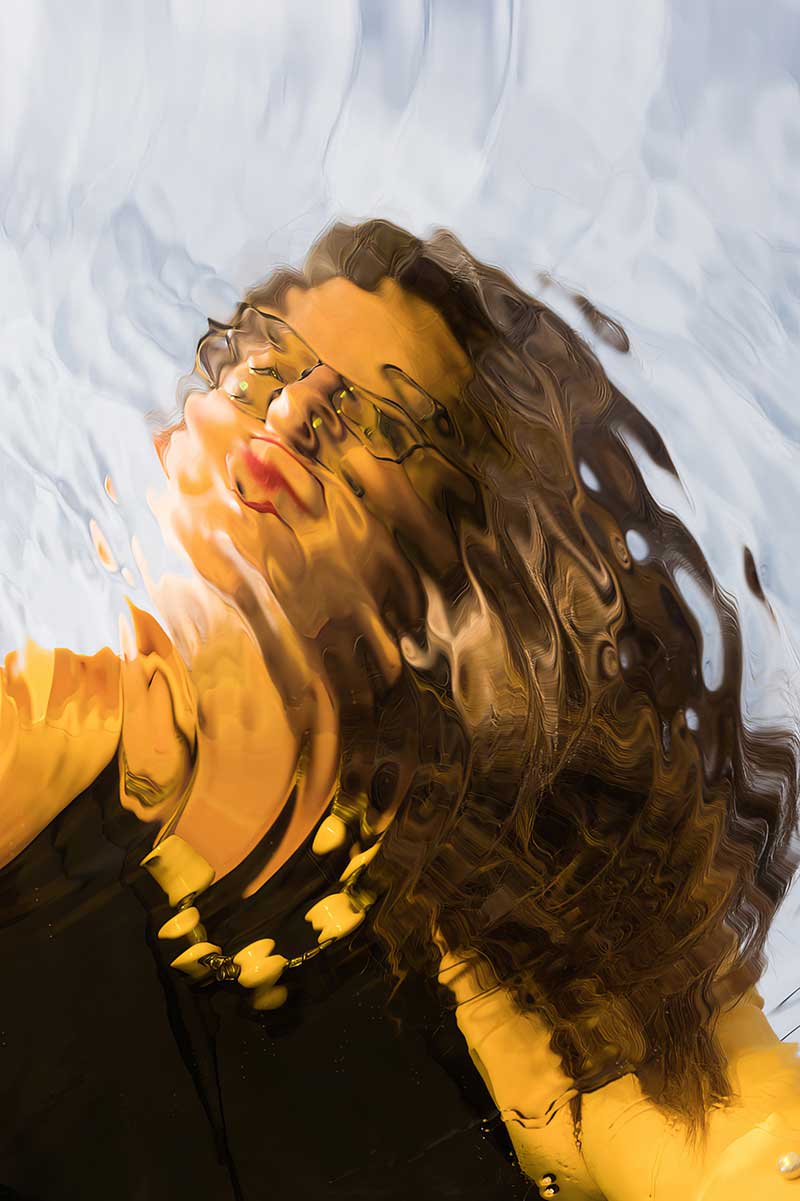
Photo of Alisha Kerlin by Mikayla Whitmore
A Leap of Faith into the Unknown
She applied for an eight-week artist residency with the UNLV Department of Art in spring 2012, an opportunity that would shift her life’s trajectory in unimaginable ways. What began as a temporary relocation became an irreversible call of the desert. Upon completing her residency, Kerlin felt an unexpected longing—not for the noise and lights of New York but for the open skies and enigmatic pull of Las Vegas. The desert’s silence, surreal landscapes and raw aesthetic left a profound impression. The Vegas vortex, as some call it, had her completely under its spell.
Within weeks of returning to Brooklyn, she made a decision as bold as it was unorthodox. She sold everything she owned, packed her life into a pickup truck and set her sights on the Southwest. She had no job lined up and knew only a handful of people in Las Vegas, yet the pull of the neon metropolis was undeniable. She bet it all on Vegas—a city of audacious energy and constant reinvention—trusting that her next chapter would be written in the rhythm of the Mojave.
At the time, the Las Vegas arts scene was a collection of brilliant moments—flashes of inspiration and ambition—but lacked the centralized art-centric infrastructure in cities like New York or Los Angeles.
Finding work was imperative, and Kerlin sought opportunities to grow within the arts while sustaining her new life in the desert. She accepted a position as collections manager at the Marjorie Barrick Museum of Art—a decision that would be either predestined, a fabulous stroke of luck or simply kismet.
A Museum Transformed: The Barrick’s Cultural Awakening
The Marjorie Barrick Museum of Art, where Kerlin now serves as executive director, has undergone a remarkable transformation. Originally founded in 1967 as the Museum of Natural History by the Desert Research Institute, it was housed in Nevada Southern University’s (now known as UNLV) first gymnasium.
While the building’s origin was functional, the museum’s name has a far more significant heritage. In 1989, it was renamed the Marjorie Barrick Museum of Natural History in honor of Marjorie Barrick, a devoted philanthropist and advocate for education and the arts in Southern Nevada. The Barrick family’s enduring support helped shape UNLV’s cultural identity, and the museum stands as a testament to their legacy.
Over the decades, the museum evolved from its natural history roots into a vibrant hub for contemporary visual art. This shift began around 2011, but it was not until 2017, under Kerlin’s leadership as interim executive director, that the museum was officially renamed the Marjorie Barrick Museum of Art. The name change marked a profound commitment to showcasing work that reflects the diversity and cultural richness of the Southwest. As the only free art museum in Las Vegas, it upholds Marjorie Barrick’s vision of accessibility and education for all.
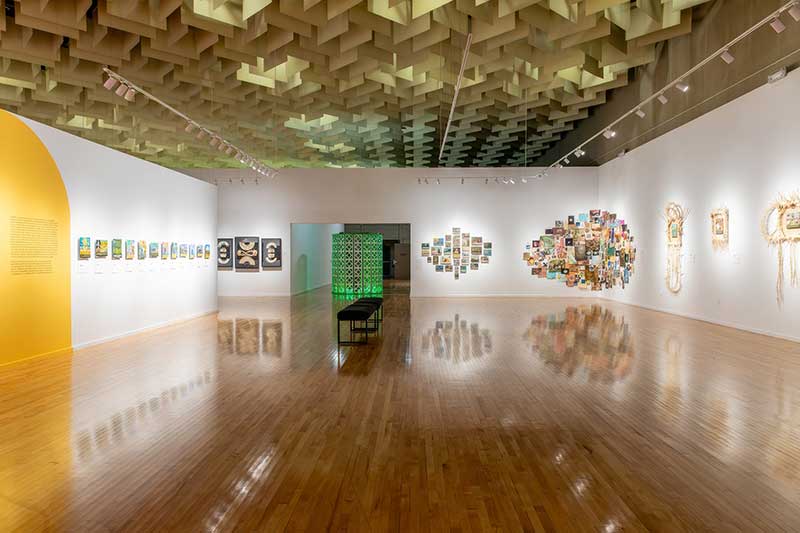
Photo of the “Contemporary Ex-Votos: Devotion Beyond Medium” installation by Krystal Ramirez
Kerlin’s Vision: Redefining Las Vegas Art
The Barrick’s presence in Las Vegas is especially significant given the city’s often misunderstood relationship with the arts. While Las Vegas is globally famed for its entertainment, nightlife and spectacle, its identity as a city of culture and contemporary art is frequently overlooked. The notion that Las Vegas lacks a serious art scene is being actively dismantled by institutions like the Marjorie Barrick Museum of Art, which leads this cultural redefinition with audacity and grace.
Alongside legendary galleries that sparked the Las Vegas Arts District into what it is today, as well as the Rita Deanin Abbey Museum and the Las Vegas-Clark County Library District’s exhibition programs, the museum plays a critical role in enriching the city’s cultural landscape. What sets it apart is its status as a university-based, nonprofit museum that offers free admission, making art accessible to all, regardless of socioeconomic status.
The museum’s exhibitions are a kaleidoscope of voices, perspectives and stories—each thoughtfully curated to highlight the power of visual language as a tool for connection and change. Thousands of visitors from across Southern Nevada and beyond engage with the museum annually, including students, local families and tourists seeking a deeper connection to the region’s creative pulse. Signature initiatives like the Bus to Barrick program facilitate access for K–12 students and underserved populations, further reinforcing the museum’s commitment to inclusion and public service.
A Vision Realized: Leading Through Change
By 2015, Kerlin was balancing the delicate art of leadership with the joyful chaos of new motherhood. Her daughter, Faye, arrived in October of that year. By early 2016, Kerlin had stepped into the role of interim executive director, the sole full-time employee at the museum, supported by a small but dedicated crew. Among them was writer Deanne Sole, now the museum’s full-time editor and curator, whose collaboration with Kerlin would reimagine the museum’s future in bold, transformative strokes.
In 2017, Kerlin formally added “of Art” to the museum’s name, solidifying its identity as a contemporary art institution and honoring the vision she had nurtured since her early days there. That same year marked the beginning of a period of remarkable growth. Following a national search, she was named executive director in 2019. The following year, the COVID-19 pandemic struck. As institutions worldwide shuttered, the museum closed its doors—and Kerlin was tasked with guiding the museum through a critical and uncertain time.
Despite the pandemic’s challenges, Kerlin and her team emerged stronger, reopening the museum in 2021 with renewed energy and purpose. Under her guidance, the Marjorie Barrick Museum of Art has grown from a staff of two to a team of five full-time professionals as of 2025, with plans to hire a sixth member underway. This growth has enabled the museum to expand its curatorial programming, community outreach and institutional infrastructure. In 2026, Barrick will begin the accreditation process, a testament to its evolution into a comprehensive and nationally recognized art institution.
Under Kerlin’s leadership, the Marjorie Barrick Museum of Art has curated an audacious and richly layered series of exhibitions that reflect the institution’s unwavering commitment to diversity, accessibility and critical engagement. Each exhibition becomes more than a visual experience—it is a platform for dialogue, reflection and social inquiry.
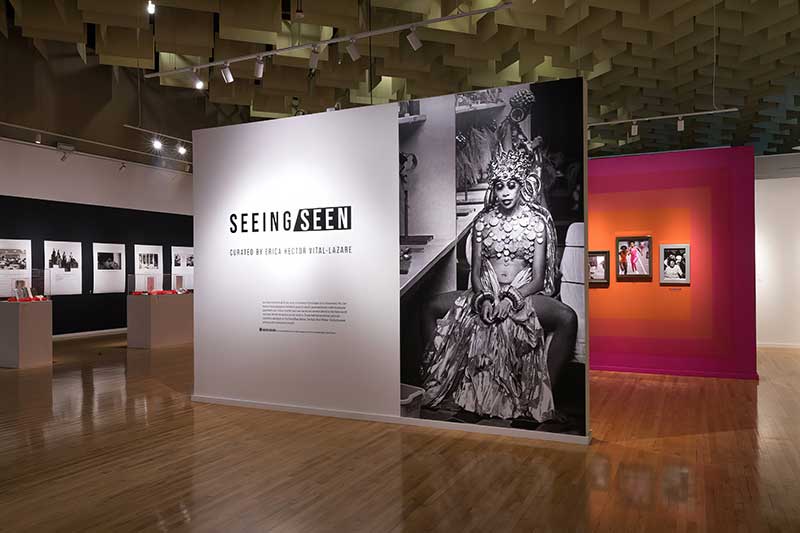
Photo of the “Seeing/Seen” installation by Mikayla Whitmore
Art as Catalyst: Curating the Barrick’s Voice
One of the museum’s landmark projects, “Axis Mundo: Queer Networks in Chicano L.A.,” explored the vibrant intersection of queer identity and Chicano art in Los Angeles. Through works that ranged from intimate personal expressions to public acts of resistance, the exhibition illuminated marginalized voices and their profound contributions to the canon of contemporary art.
“Seeing/Seen,” curated by Las Vegas writer and scholar Erica Vital-Lazare, focused on Black women’s contemporary and historical presence through photography, video and archival imagery. Featuring works by veteran Newsweek photojournalist Lester Sloan and local artists A. Moss, Carl Summerlin, Jeff Scheid and Q’Shaundra James, the exhibition invited viewers into intimate moments of joy, labor, leisure and resilience.
In a celebration of spiritual artistry, “Contemporary Ex-votos: Devotion Beyond Medium,” curated by Emmanuel Ortega, bridged historical reverence with contemporary creativity. Historic Mexican retablos were presented alongside fearless reinterpretations by modern Latinx artists, creating a sacred dialogue that expanded the boundaries of devotional art and emphasized its enduring cultural resonance.
“Notes for Tomorrow” was a global conversation in visual form. Curators from around the world selected works that engaged with spirituality, politics and collective memory, inviting viewers to imagine alternative futures through artistic reflection. The exhibition’s shimmering installations, tinged with neon and desert hues, left visitors with renewed possibility and shared humanity.
Embracing emotional nuance, “The Emotional Show” delivered a visceral and immersive journey through the human psyche. Bold multimedia works explored themes of joy, grief, anger and love, creating an unflinching portrait of our shared emotional landscape that captivated and moved audiences.
“Color Made” investigated the potent symbolism and cultural resonance of color across artistic traditions. Alongside it, “Women’s Rights Are Human Rights” utilized striking international poster art to confront gender-based inequality and advocate for justice, aligning the museum with global movements for human rights and social change.
Together, these exhibitions elevated the Marjorie Barrick Museum of Art from a local treasure to an international force for artistic dialogue, activism and critical thought, solidifying its role as a museum and a catalyst for cultural transformation.
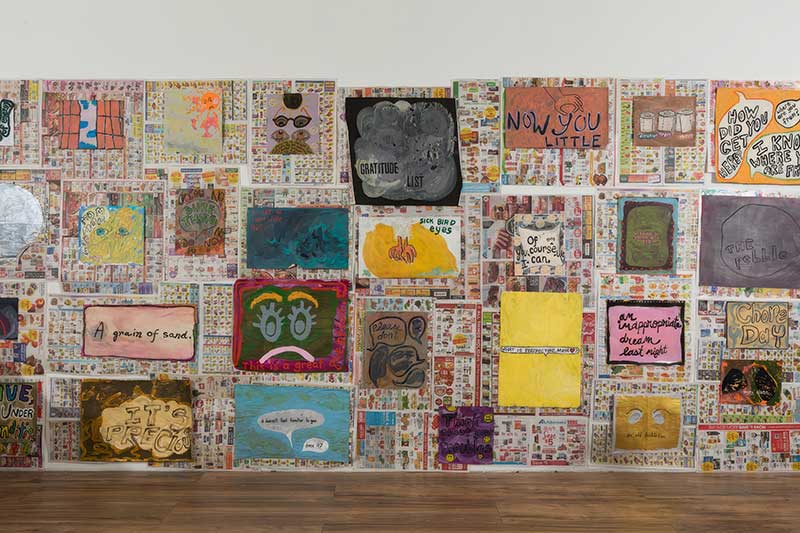
Photo of the “Content May Settle” installation at Available Space Art Projects (ASAP) by Mikayla Whitmore
Mastery at the Breakfast Table
Kerlin’s commitment to accessibility and engagement is evident in her art practice. In her “Content May Settle” exhibition at Available Space Art Projects (ASAP), she transformed the venue into an experimental playground, creating and installing dozens of new works from her ongoing junk mail series. This was her first solo project since becoming a mother and museum director.
“My work is made at our breakfast table in the living room. I paint on junk mail and other disposable or disregarded materials. I use fragments from family conversations for the text in my paintings,” Kerlin notes. “These conditions shape what I make—imperfect, quick gestures made to acknowledge the roles others have in my life.”
Layered atop gleaming grocery ads, her paintings erupt with humor and introspection. Text fragments like “a disappointed nutcase” and “why don’t unicorns exist?” leap from the page, capturing childhood wonder, domestic chaos and existential playfulness in brushstrokes that feel both spontaneous and deliberate. As Matthew Newton wrote for Art21, “In their isolation, Kerlin’s paintings function much more closely to the slippery, meaning-stuffed, ever-evolving nature of language itself.”
Over the last decade, her work has shifted increasingly toward connection, vulnerability and presence themes. Her practice offers a critical yet inviting approach that celebrates the intention to create and the human spirit that drives it—regardless of time, space or material.
The Future Is Now: A Renaissance in the Making
Kerlin’s approach to curating is intuitive and deliberate. She examines the gaps in the museum’s past exhibitions—what narratives were missing, which voices went unheard—and uses that awareness to shape future programming. This ensures that the Marjorie Barrick Museum of Art’s exhibitions are timely and culturally and socially resonant, creating a more inclusive and dynamic space for all.
Although she maintains her art practice, Kerlin has fully embraced her role as a maestro—harmonizing the talents of an incredible staff, collaborating with a visionary dean and curating exhibitions that shimmer with originality and relevance. Las Vegas, much like Kerlin herself, thrives on reinvention. Under her inspired stewardship, the future of the Barrick is not only bright—it’s electrifying.

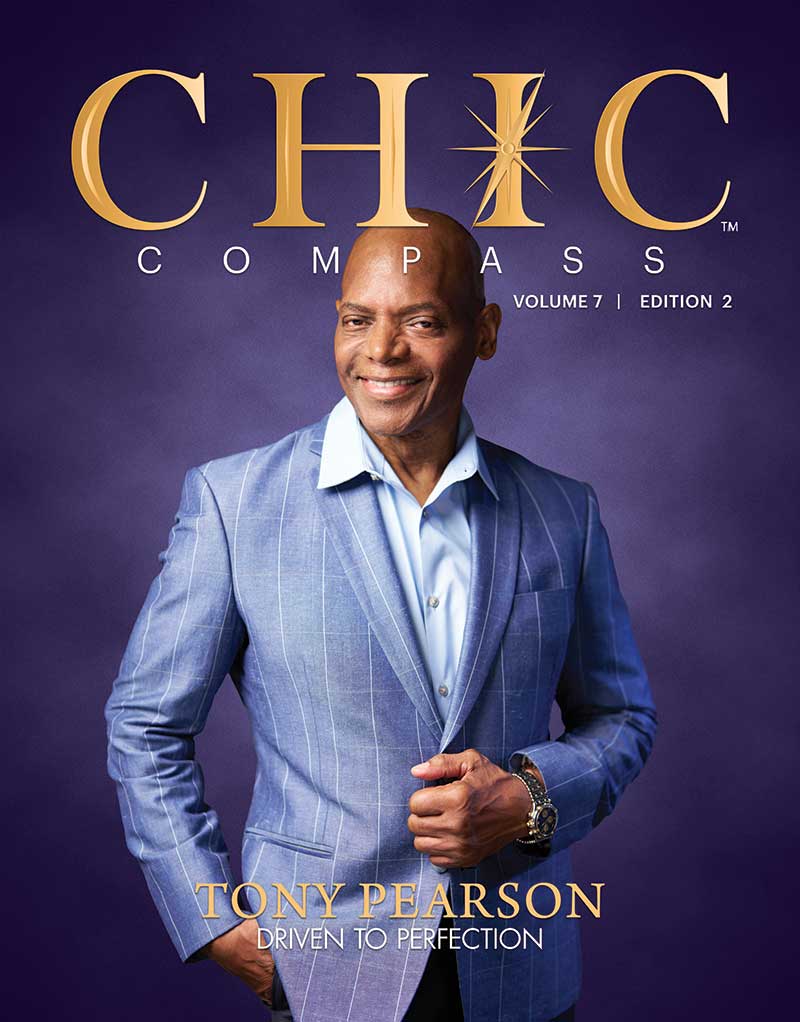
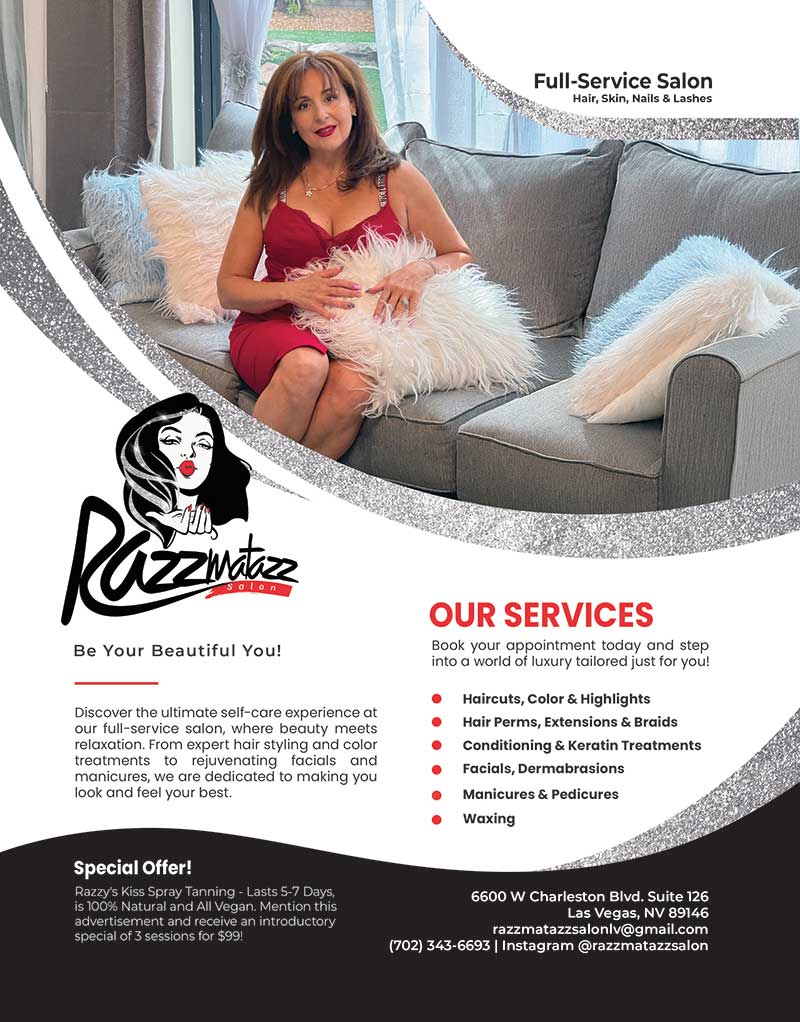
Leave A Comment